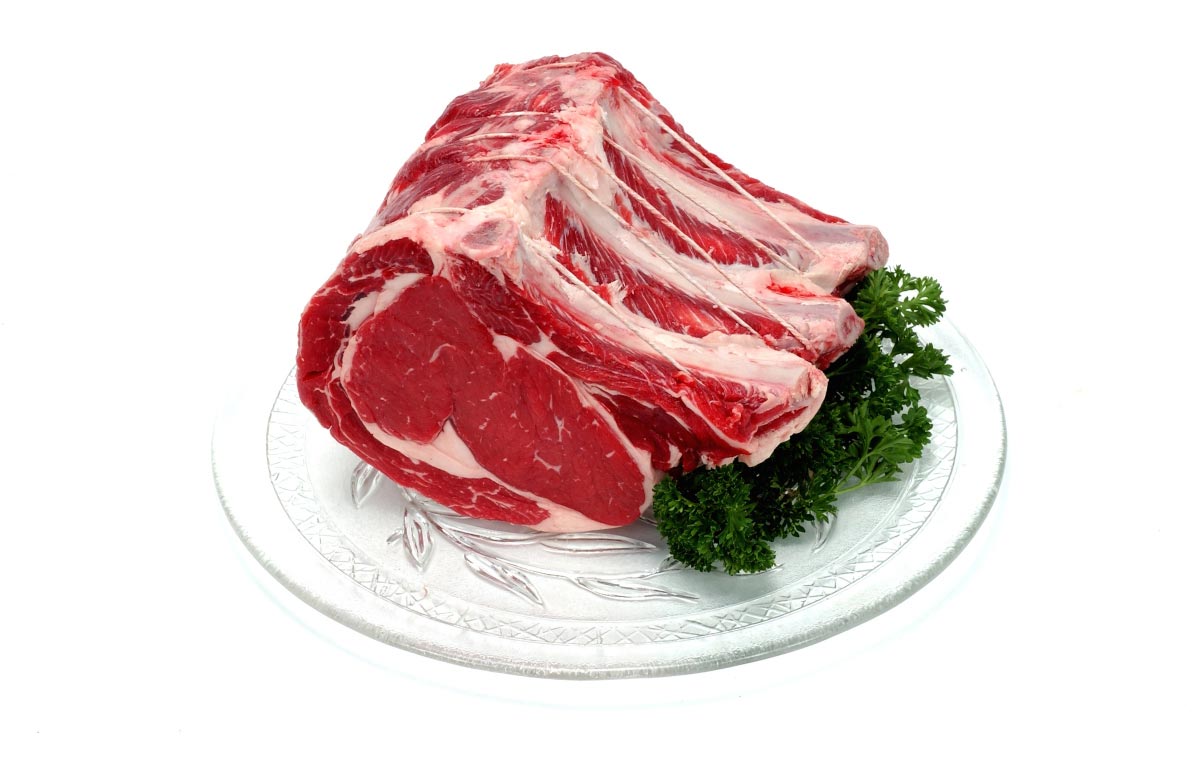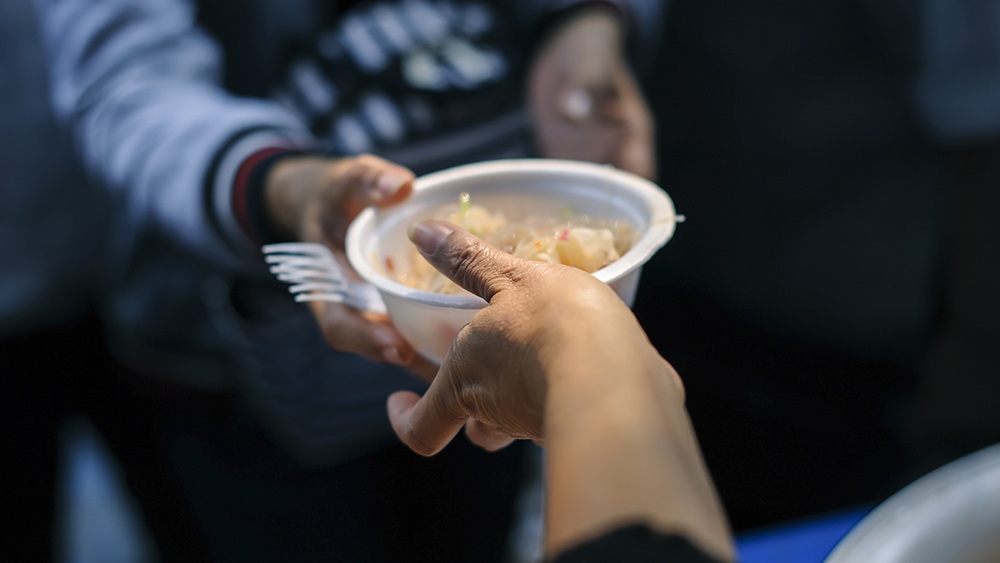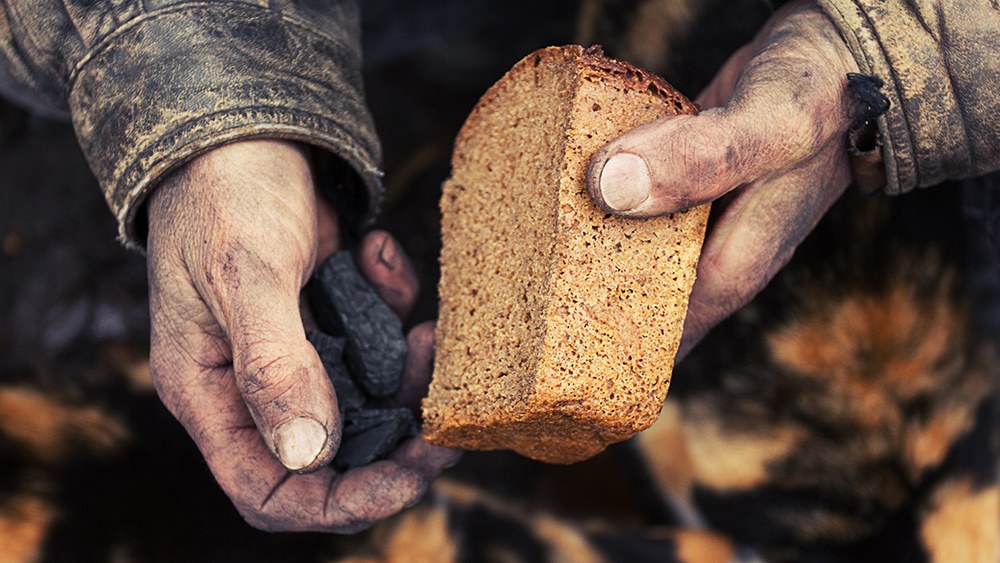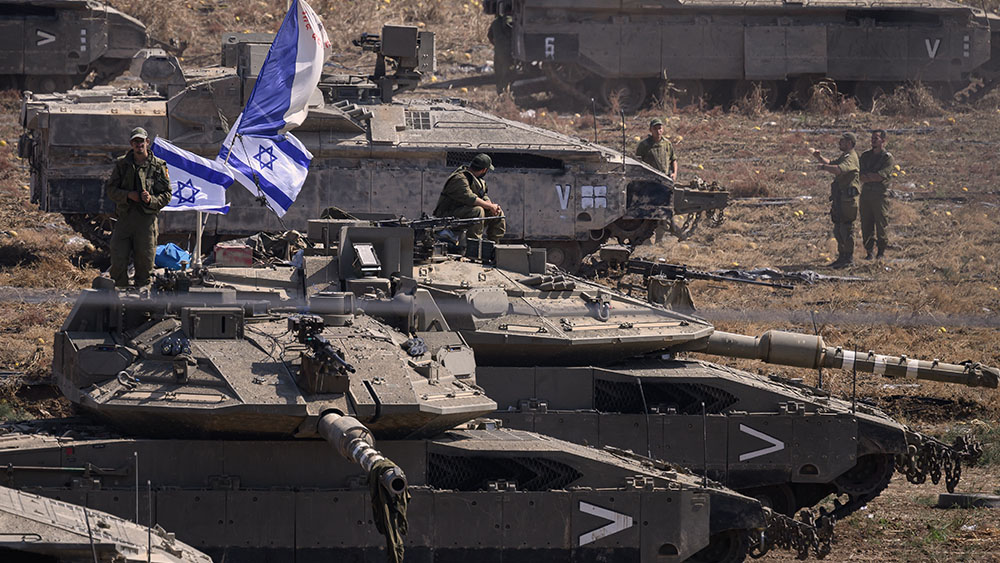Beef crisis deepens: Soaring prices and shrinking herds mark a troubling era for U.S. cattle industry
07/29/2025 / By Willow Tohi

- U.S. cattle herd at 94.2 million, lowest since 1973, driving ground beef prices to $6.10 per pound.
- New World screwworm outbreak in Mexico restricts imports, tightening U.S. beef supply further.
- Decades of drought, high feed costs and overgrazing have slashed herds to a 73-year minimum.
- Rebuilding efforts face prolonged challenges due to climate impacts and industry consolidation.
- Analysts predict a U-shaped recovery, with prices staying elevated until 2029.
The U.S. cattle herd has hit a 70-year low, shrinking to just 94.2 million head as of July 1, 2025 — the lowest mid-year count since 1973, according to USDA data. This historic decline has pushed retail ground beef prices to an all-time high of $6.10 per pound, an 8 percent surge since 2024 and 50 percent increase since 2014. The perfect storm of drought, a parasitic outbreak in Mexico and industry consolidation has upended supply chains, leaving consumers, ranchers and policymakers grappling with a crisis that will likely stretch to 2029.
Herd at 70-year low sparks price crisis
The USDA’s latest cattle inventory report reveals an alarming reality: America’s cattle population has plummeted to the smallest since records began in 1973. Over the decade, herds have dwindled to 1950s levels, with feedlot cattle numbers also at decade-lows. Analysts like Derrell Peel of Oklahoma State University caution that the industry remains in a stabilization phase rather than an expansion. “We are probably stabilizing cattle numbers, but we’re not growing yet,” Peel told Bloomberg, noting ranchers are not holding back enough heifers — female cattle used for breeding — to spark meaningful recovery.
Retail beef prices reflect this strain: USDA data shows ground beef now costs $6.10 per pound, while whole cuts hit $9.26. Goldman Sachs analysts predict a cyclical low in cattle profitability, but warn any recovery will be gradual. “This will more likely take the shape of a prolonged ‘U,’” they wrote, adding that patient investors could capitalize on undervalued stocks like Tyson Foods.
Climate, drought and screwworms intensify the crisis
Droughts that began in 2020 have ravaged pastures, forcing ranchers to liquidate breeding cows to stay afloat. David Anderson of Texas A&M University described the dilemma: “Do I sell that animal now and take this record high check? Or do I keep her to realize her returns over her productive life? So far, the side that’s been winning is to sell her.” With feed costs and interest rates spiking, many opted for immediate cash, shrinking future herd capacity.
Compounding these pressures is a New World screwworm outbreak in Mexico, which prompted U.S. import restrictions. This parasite, which infests open wounds in livestock, disrupted a critical supply line. “In an environment where we already have tight supplies, we’re ending up in a spot where prices increase,” said Charley Martinez of the University of Tennessee. While USDA plans to release sterile flies to combat the parasite, the lengthy eradication process means relief may come too late to offset short-term losses.
A decade of challenges hampers recovery
Industry consolidation has exacerbated vulnerabilities. Four companies — JBS, Tyson Foods, Cargill and National Beef — control 80 percent of U.S. beef processing. This concentration, Sen. Josh Hawley warned in antitrust hearings, leaves supply chains vulnerable to disruptions. Critics say spreading processing capabilities to regional hubs could bolster resilience, but bureaucratic hurdles and corporate dominance slow progress.
Meanwhile, the path to rebuilding herds faces geologic limits. Pasture degradation, driven by overgrazing and extreme weather, delays herd expansion. “Recovery becomes a numbers game with no shortcuts,” said Nebraska’s Aaron Berger, echoing concerns that pasture regeneration alone could take five to seven years.
Policy shifts signal pathways to recovery
The Trump administration’s grants for regenerative farming — a technique prioritizing soil health and rotational grazing — offer hope. Such practices may rebuild degraded lands faster but require time and investment. Additionally, blockchain-based supply chain transparency initiatives aim to reduce bottlenecks, though large firms remain hesitant to cede control.
In the 1950s, New Deal-era subsidies inflated cattle numbers to 140 million head, but decades of short-term exploitation left ecosystems scarred. Today’s crisis, tied directly to declining food system resilience, signals the need for systemic change.
Consumers and ranchers bear the brunt
Rising prices have already altered consumption habits. Analyst Benjamin Theurer notes consumers may turn to cheaper proteins like chicken and pork, but for many, beef remains a staple. “Prices are poised to remain elevated for years,” he said, urging households to brace for “a prolonged period of affordability pressure.”
A crossroads for America’s beef legacy
The shrinking herd and record prices mark not just an agricultural shift but a cultural reckoning. As pastures erode and systems buckle, the beef industry faces a choice: cling to outdated practices or pivot toward regenerative methods and decentralized markets. The years ahead will test this resolve— and the appetites of Americans.
Sources for this article include:
Submit a correction >>
Tagged Under:
agriculture, beef, beef prices, dollar demise, Drought, food collapse, food rationing, food scarcity, food supply, grocery, Inflation, meat supply, organic farming, parasites, products, starvation, supply chain
This article may contain statements that reflect the opinion of the author
RECENT NEWS & ARTICLES
COPYRIGHT © 2017 STARVATION NEWS












